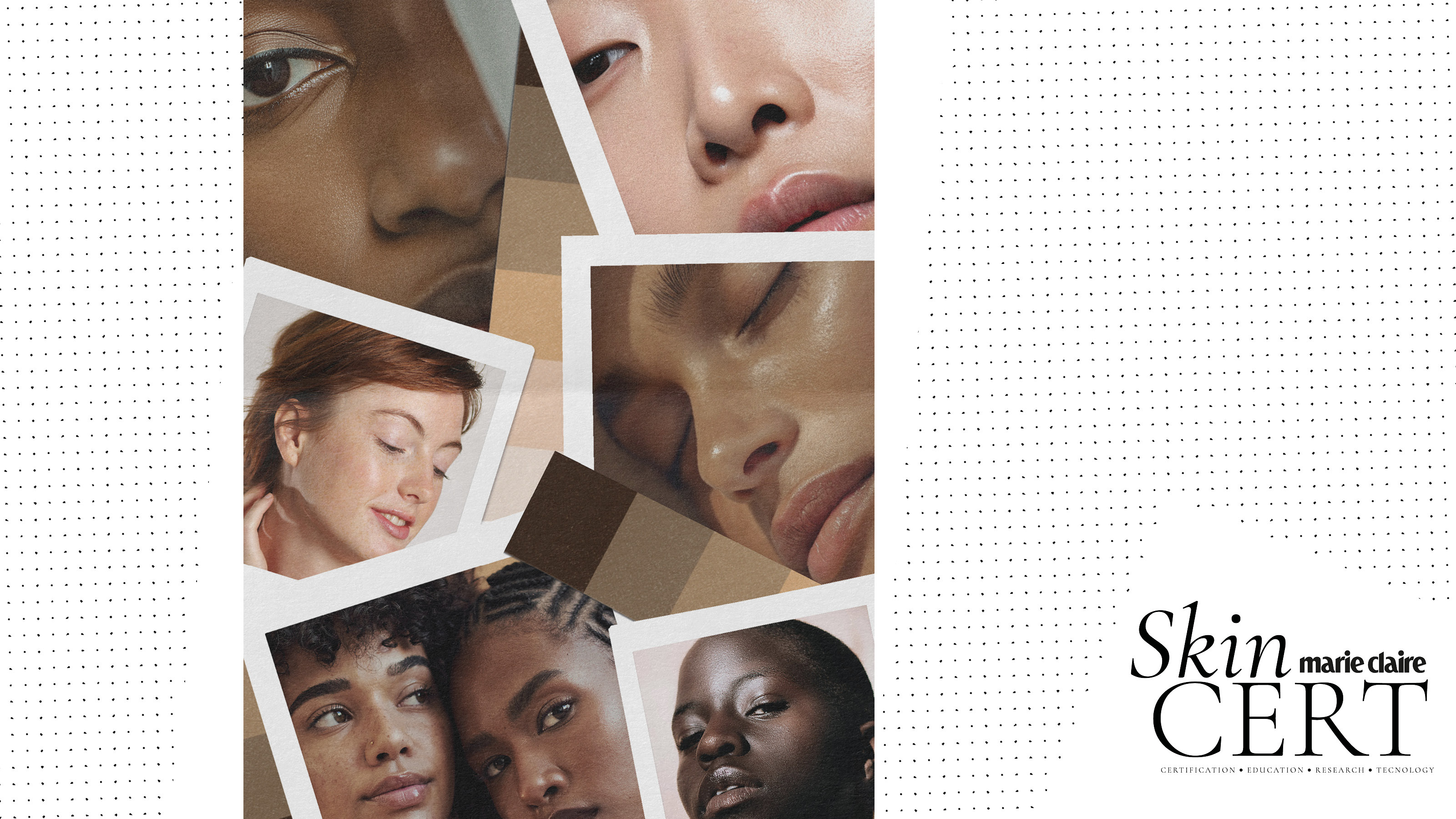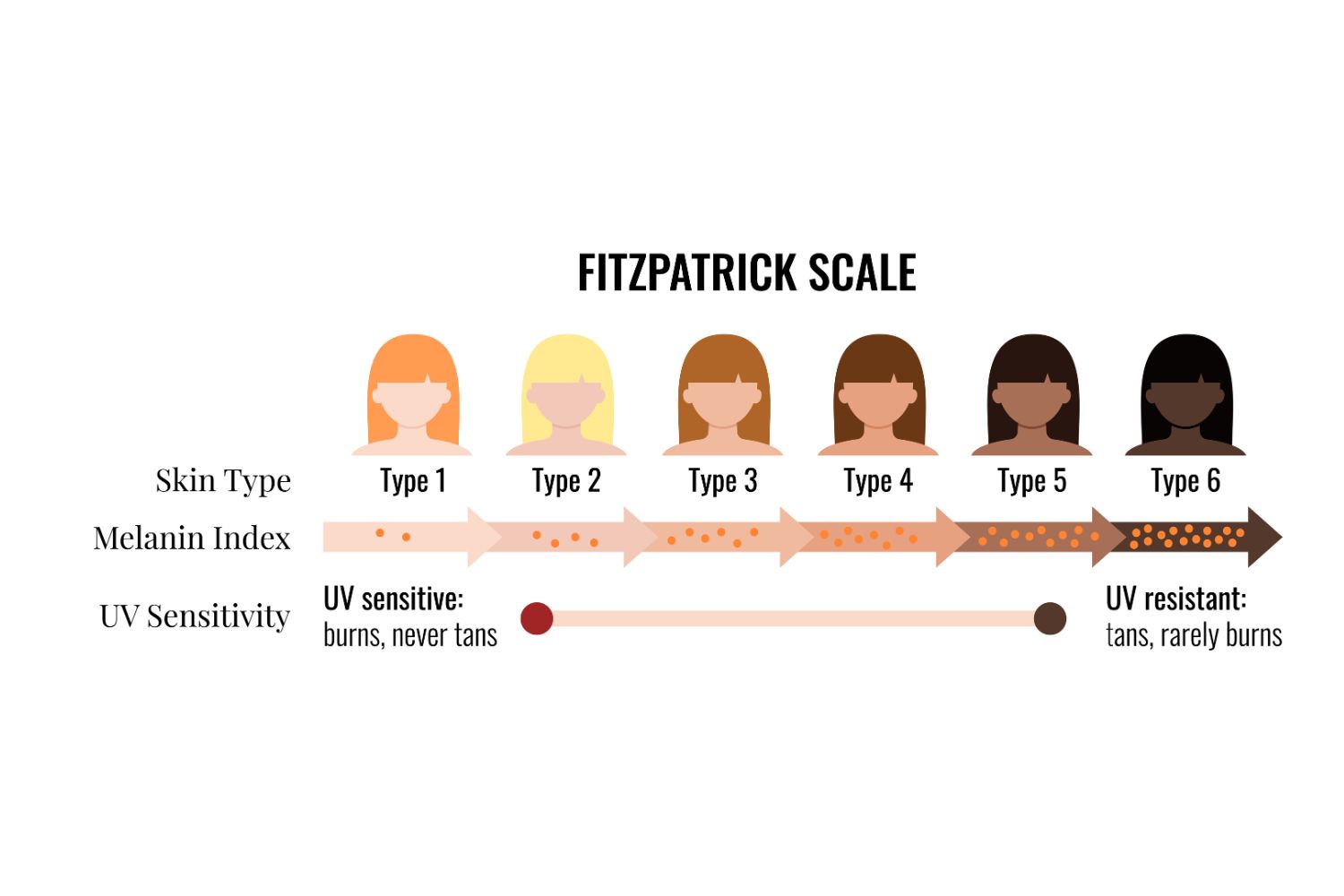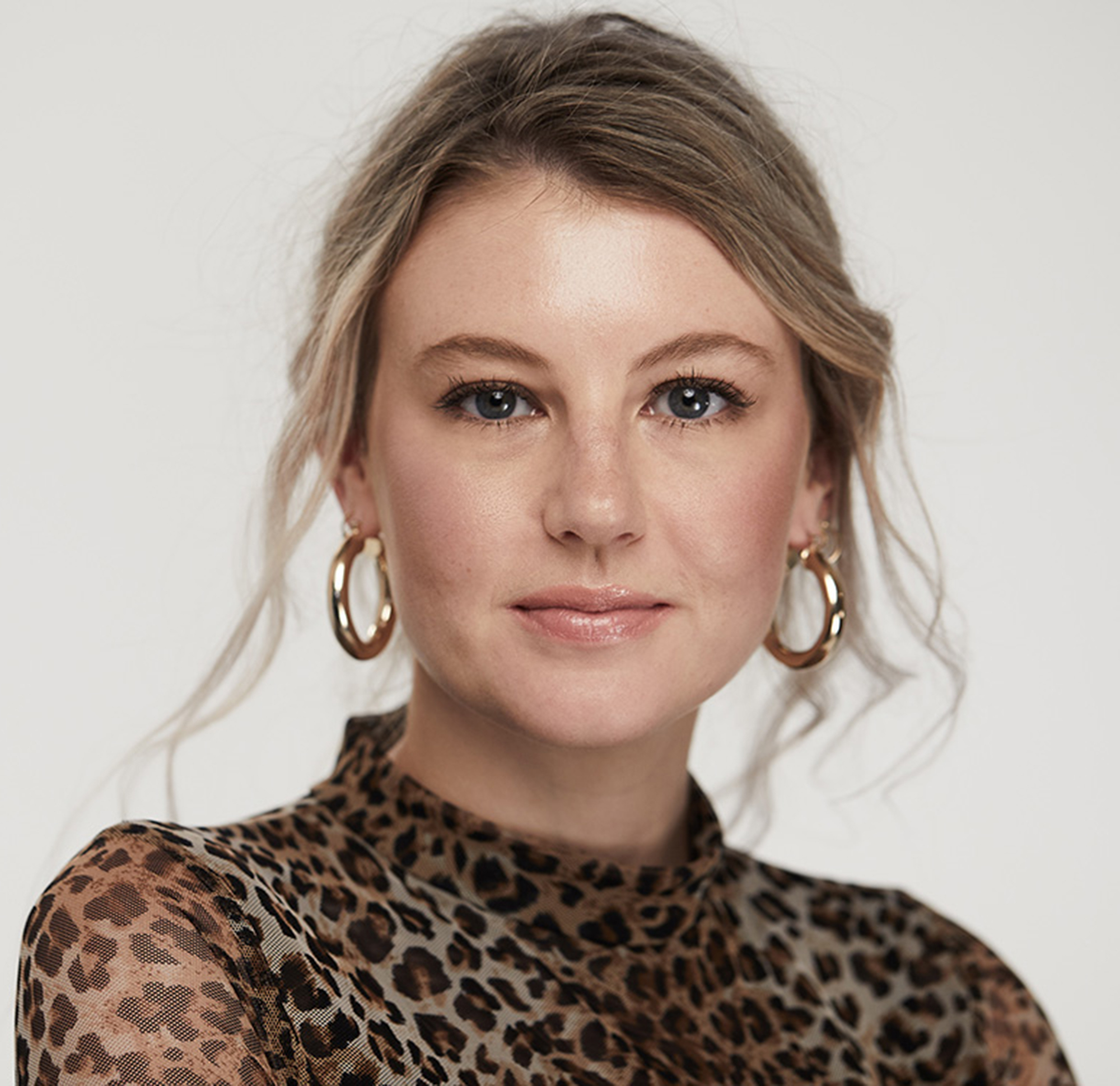Do You Know Your Phototype? Here's Why It Might Just Be As Important As Your Skin Type For Your Routine
How to identify and apply that to your regimen


We are repeatedly told that the key to a successful skincare routine is using products that support our skin type. From the best night creams for dry skin to the serums that won't exacerbate oily skin, our regimens are fine-tuned to work with, not against, our skin. But does it end there? Should we be considering our phototype in our decisions, too?
What is a phototype?
If you're unfamiliar with phototypes, this is the classification given to how your skin reacts to UV exposure, determined by The Fitzpatrick Scale. Developed in 1975 by Dermatologist Thomas Fitzpatrick, it's a tool used in medical aesthetics and dermatology "to assess sun sensitivity and predict skin's responses to treatments," says Dr Dara Suite, medical director and aesthetic doctor at The Well. The original purpose of the scale was to assess how a person would burn or tan after the skin was exposed to UV light, and it was soon adopted by those in the aesthetics business, as it "guides treatment protocols for everything from laser therapy to chemical peels, ensuring safe and effective outcomes for each individual," says Dr Suite.
Each phototype has its own characteristics when it comes to pigmentation, sun sensitivity and melanin production. Taking these into consideration when having an aesthetic procedure is crucial; however, it can also influence the skincare choices that we make. By choosing appropriate skincare for your phototype, you can tailor your skincare routine to work harder.
How to identify your phototype?
There are six phototypes in The Fitzpatrick Scale. To determine your phototype, look at natural skin colour (the inner arm is a good place to see true baseline colour), eye colour, hair colour and how your skin reacts to the sun—does it burn or does it tan?

- Type I: Pale skin, often with freckles, red/blonde hair, blue, grey or light green eyes, always burns, never tans
- Type II: Fair skin, blonde/light brown hair, blue, green or hazel eyes, usually burns, tans minimally
- Type III: Medium skin tone, hazel or light brown eyes, sometimes burns, gradually tans
- Type IV: Olive/light brown skin, brown eyes, rarely burns, tans easily
- Type V: Brown skin, brown eyes, very rarely burns, tans darkly
- Type VI: Dark brown/black skin, brown eyes, never burns, deeply pigmented
Whilst the Fitzpatrick Scale is still widely used as a reference point within the industry, it has been criticised for its Eurocentric bias. As a result, other classifications have been developed. The Monk Skin Tone Scale was created in 2022 and includes 10 skin tones, as opposed to Fitzpatrick's six. Dr Suite is pleased about this development. It "represents an important evolution in skin classification, offering more nuanced representation across darker skin tones," she says. "Any classification system that helps us provide more personalised, culturally sensitive care is valuable." However, she pointed out that clinical adoption requires extensive validation and training, so skin experts will continue using established protocols whilst closely monitoring these advances within skin tone classification.
Adjusting your skincare regime accordingly
Much like we pick and choose our products and ingredients based on our skin type, the same can be said for our phototypes.
For phototypes I and II, Dr Suite advises SPF50+ every day, easing in actives slowly, and prioritising barrier repair. Think hydrating, soothing ingredients—vitamin E is your friend here.
Celebrity news, beauty, fashion advice, and fascinating features, delivered straight to your inbox!
Phototypes III and IV should also commit to daily broad-spectrum SPF, incorporate vitamin C, and tackle pigmentation early on. Sun protection remains non-negotiable.
For phototypes V and VI, the focus shifts to hyperpigmentation prevention. Darker skin tones have larger and hyperactive melanocytes, so any trauma caused to the skin could cause an excess in melanin production and, as a result, hyperpigmentation. Antioxidants are essential, alongside gentle exfoliation. Dr Suite stresses that SPF is still a must: “UV damage still occurs, just differently than burning.”
Noelly Michoux, CEO of 4.5.6. Skina brand that caters to melanin-rich skin, adds that there are functional and physiological differences to darker skin tones that come into play, too. "The Stratum Corneum (the outer layer of skin) is denser for Fitzpatrick phototypes IV, V and VI (aka darker skin tones)," she says. "This density provides a natural bonus with more collagen and elastin, but makes nourishing its deeper layers challenging. When skin is dehydrated, it loses its natural antioxidant powers, and the increase in oxidative stress can manifest as hyperpigmentation (as opposed to wrinkles or sagging skin, more common in phototypes I, II, and III)." With greater inflammatory responses, these skin tones benefit from ingredients that calm melanin production, brighten, and even tone.
"Skin with higher melanin content thrives in sun and humidity,” Michoux explains. “But colder weather can disrupt the barrier, leaving it more sensitive." Phototypes IV, V and VI are more prone to dryness, dehydration and transepidermal water loss, so nourishing products that aid barrier repair become essential in the winter months. However, she says that those higher phototypes are also more likely to produce more sebum as a defence mechanism against dehydration. "The unfortunate outcome? Dry, flaky skin with a layer of oil on top, potentially clogging pores and leading to acne." It's important to address hydration and nourishment, whilst also balancing and regulating sebum.

Katie Thomas is the Senior Beauty Editor at Marie Claire UK. With over 10 years of experience on women's luxury lifestyle titles, she covers everything from the best beauty looks from the red carpet and stand out trends from the catwalk, to colonic irrigation and to the best mascaras on the market.